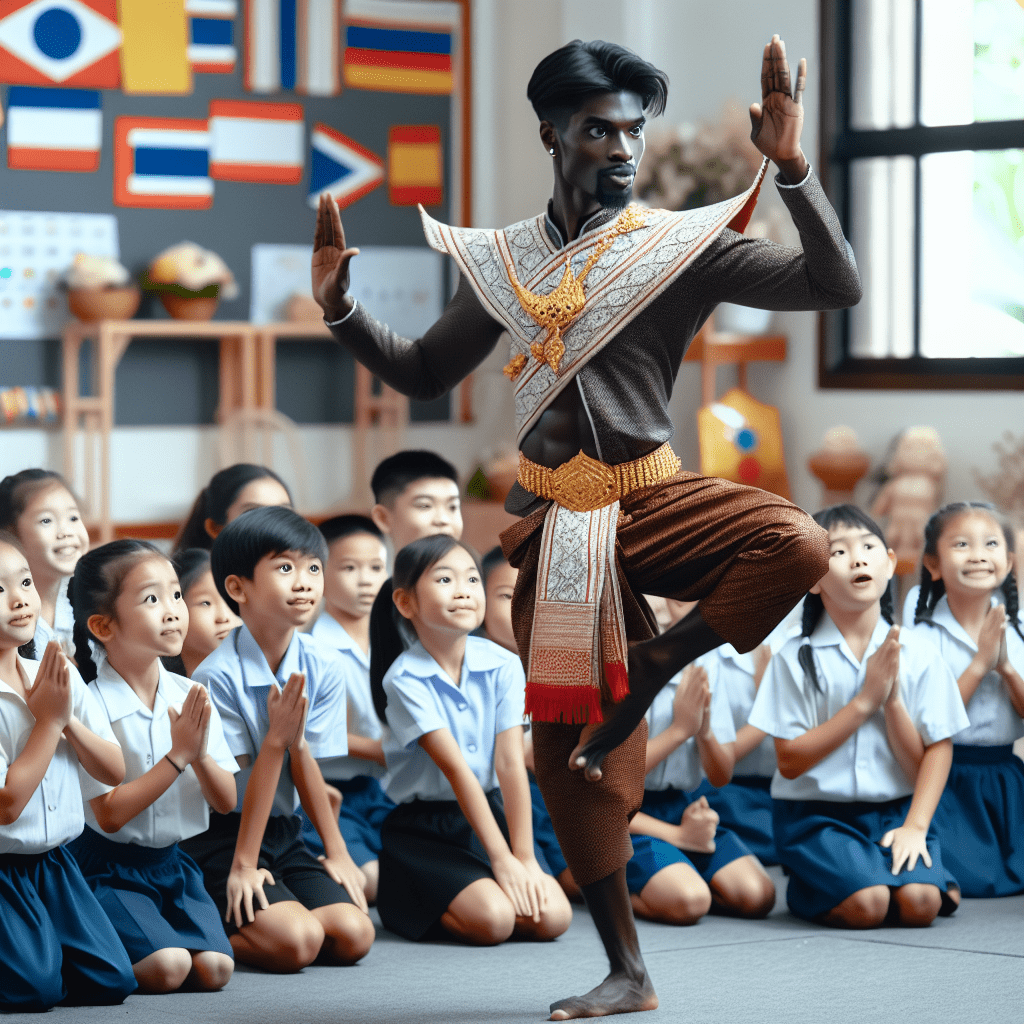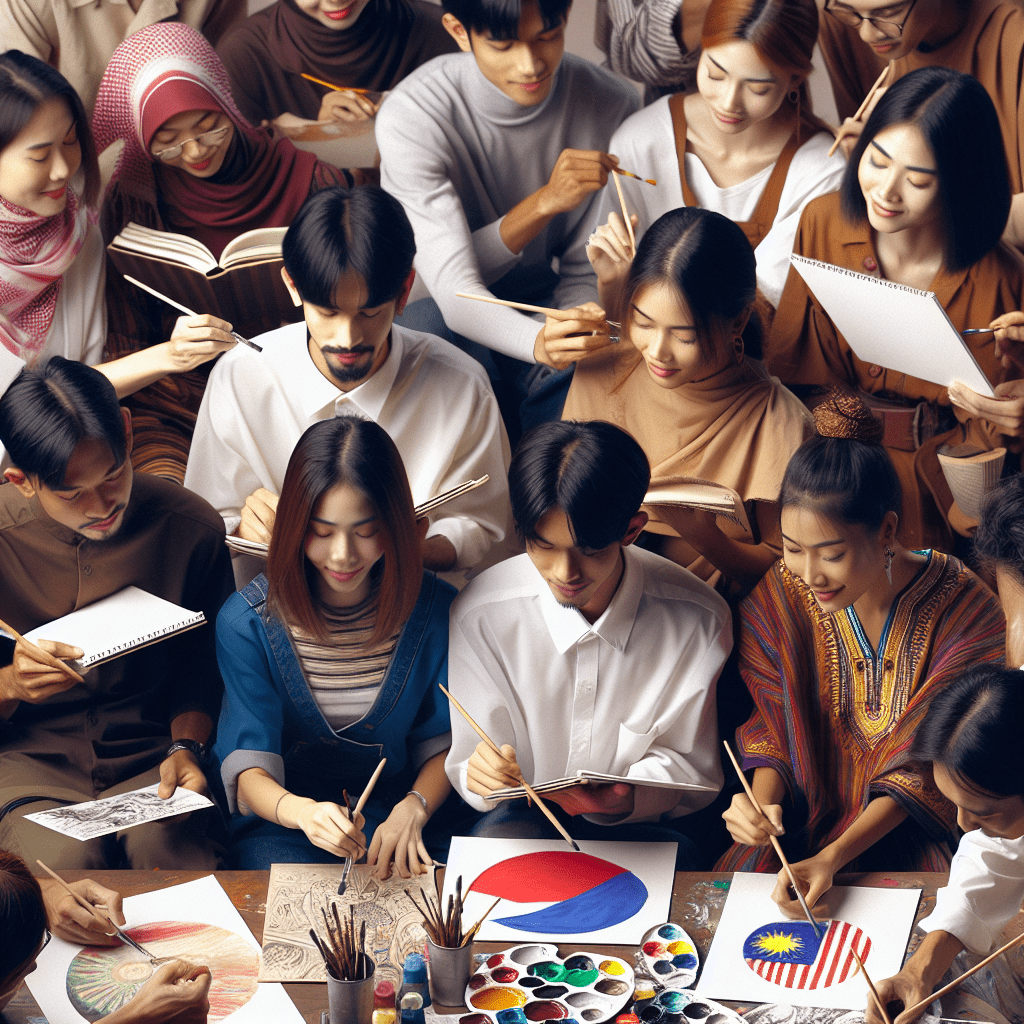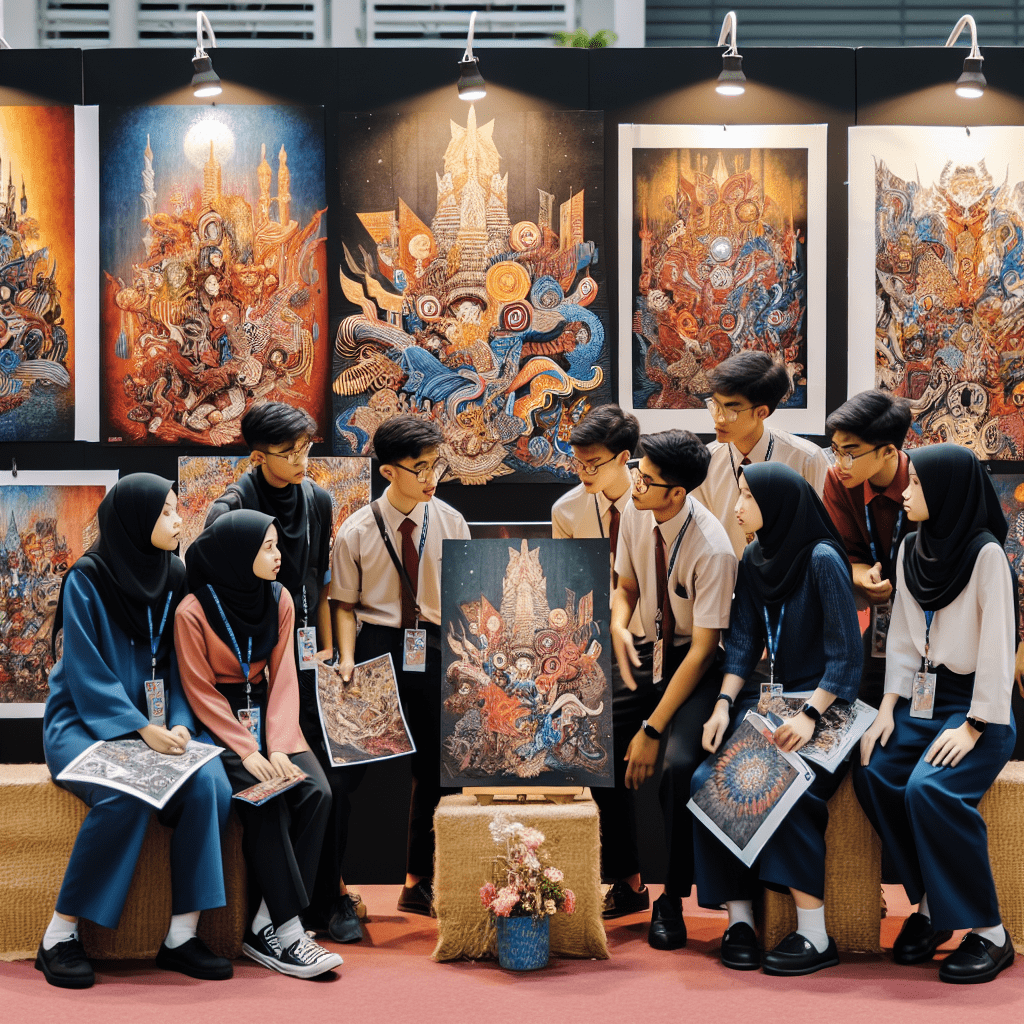Table of Contents
In an era where STEM subjects often take center stage, arts education has been facing a steady decline in many parts of the world. However, several Southeast Asian countries are bucking this trend by implementing innovative strategies to revive and reinvigorate their arts education programs. From leveraging technology to engaging local communities and preserving cultural heritage, these nations are demonstrating the vital role that the arts play in fostering creativity, critical thinking, and cultural identity.
The Power of Technology in Arts Education
One of the most significant ways Southeast Asian countries are reviving arts education is by harnessing the power of technology. In Singapore, for example, the Ministry of Education has launched the “Student Learning Space,” an online platform that provides students with access to a wide range of arts-related resources, including virtual galleries, music composition tools, and interactive design software. This digital approach allows students to explore their artistic interests at their own pace and in a more engaging manner.
Similarly, in Malaysia, the “Virtual Arts Education” program has been introduced to make arts education more accessible to students in remote areas. Through live-streaming and video conferencing, students can participate in virtual art classes and workshops conducted by experienced artists and educators from across the country. This initiative not only bridges the geographical gap but also exposes students to a diverse range of artistic styles and techniques.

Engaging Local Communities in Arts Education
Another key strategy employed by Southeast Asian countries is the engagement of local communities in arts education. In the Philippines, the National Commission for Culture and the Arts (NCCA) has established the “Community-Based Arts Education” program, which aims to promote the arts as a tool for community development and social cohesion. Through this program, local artists and cultural workers are trained to conduct arts workshops and classes in their communities, focusing on traditional art forms such as weaving, pottery, and folk dance.
In Indonesia, the “Art for All” initiative has been launched to make arts education more inclusive and accessible to underprivileged communities. This program provides free art classes and workshops in public spaces such as parks, libraries, and community centers, allowing individuals from all walks of life to participate in and benefit from arts education. By bringing the arts to the people, this initiative helps to foster a sense of pride and ownership in the community’s cultural heritage.
Preserving Cultural Heritage through Arts Education
Southeast Asian countries are also using arts education as a means of preserving and promoting their rich cultural heritage. In Thailand, the Ministry of Culture has launched the “Living Arts Education” program, which aims to safeguard and transmit traditional Thai art forms to younger generations. Through this program, master artists and craftspeople are invited to teach in schools and universities, sharing their knowledge and skills with students and ensuring the continuity of Thailand’s artistic legacy.
In Vietnam, the “Cultural Heritage Education” project has been initiated to integrate the country’s cultural heritage into the formal education system. This project involves the development of new curricula and learning materials that focus on traditional Vietnamese art forms such as water puppetry, silk painting, and lacquer art. By exposing students to these art forms from an early age, the project seeks to cultivate a deep appreciation and understanding of Vietnam’s cultural identity.

The Benefits of Reviving Arts Education
The innovative strategies employed by Southeast Asian countries to revive arts education are not only helping to preserve cultural heritage but also yielding numerous benefits for students and society as a whole. Research has shown that participation in the arts can enhance cognitive skills, boost academic performance, and promote social-emotional development. A study by the University of Sydney found that students who consistently participated in arts education demonstrated higher levels of creativity, critical thinking, and problem-solving abilities compared to their peers who had limited exposure to the arts.
Moreover, arts education plays a crucial role in fostering cultural understanding and appreciation. In an increasingly globalized world, the ability to navigate and appreciate diverse cultural contexts is becoming more important than ever. By exposing students to a wide range of artistic traditions and practices, arts education helps to cultivate a sense of empathy, tolerance, and respect for cultural differences.

The Future of Arts Education in Southeast Asia
While the innovative strategies employed by Southeast Asian countries to revive arts education are indeed promising, there is still much work to be done to ensure the long-term sustainability and growth of these programs. One of the key challenges is the need for increased financial support and resources. Governments, private institutions, and philanthropic organizations must recognize the value of arts education and provide the necessary funding to support the development and expansion of these initiatives.
Another critical factor is the need for ongoing teacher training and professional development. As the arts landscape continues to evolve, it is essential that educators are equipped with the knowledge and skills to effectively integrate new technologies, pedagogical approaches, and cultural perspectives into their teaching practices. By investing in the continuous growth and development of arts educators, Southeast Asian countries can ensure the quality and relevance of their arts education programs.
Conclusion
The innovative strategies employed by Southeast Asian countries to revive arts education serve as a powerful testament to the enduring value and importance of the arts in human society. By leveraging technology, engaging local communities, and preserving cultural heritage, these nations are not only breathing new life into their arts education programs but also cultivating a generation of creative, culturally aware, and socially engaged citizens.
As the world continues to grapple with complex challenges and uncertainties, the role of arts education in fostering creativity, empathy, and resilience has never been more vital. The examples set by Southeast Asian countries offer valuable lessons and inspiration for other nations seeking to revitalize their own arts education programs. By prioritizing the arts as an integral part of holistic education, we can unlock the full potential of human creativity and build a more vibrant, inclusive, and sustainable future for all.
